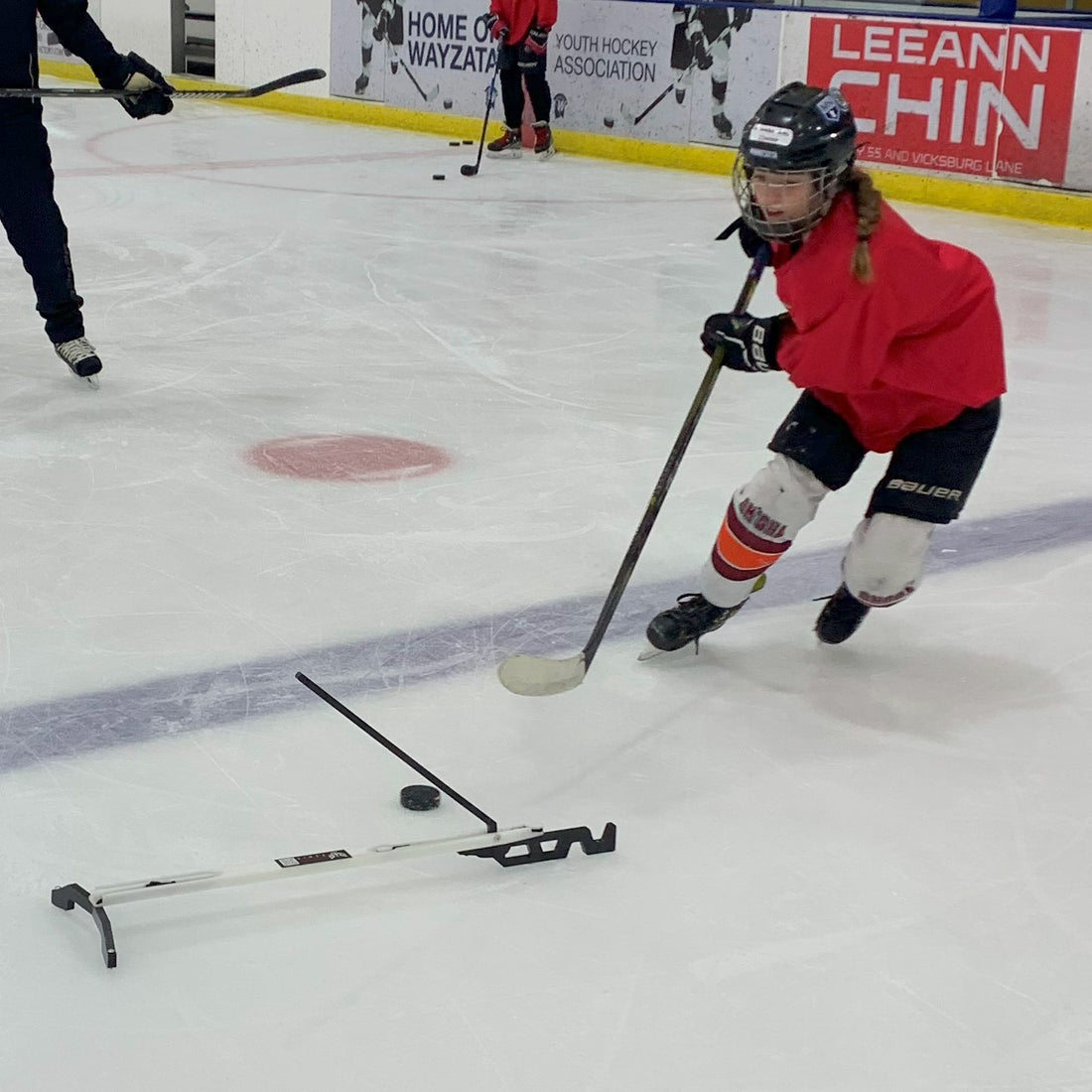Reason #1 to work on slip under moves in hockey (JFK's reason) came entirely from a training perspective. Reason #2 comes from an in-game usefulness perspective (as will some reasons in blog posts to follow).
There are several ways that slip under moves can be useful in games, but any perceived usefulness in that context must be scrutinized against any additional turnover risk you are taking on by trying the move. With that said, is there a situation where a slip under move can be useful without adding risk?
Yes, there is.
Some hockey players are legendary for keeping a model of the ice surface in their head that includes the positions and speeds of all the players on the ice. Igor Larionov is one such legend who correctly identified a too-many-men penalty that the refs missed because he was blindsided by a check by a 6th man on the ice who he had not accounted for. He failed to account for the 6th man because... well, why would you when you have a good account for the five other skaters that the other team has out there?
Somebody playing the game mentally at that level is not very often going to be surprised by a situation they didn't see coming. But, if everybody was a "legend" then nobody would be a legend because legendary capability would be ordinary. This is to say we aren't all Larionov and most of us will be surprised at times.
Imagine catching a pass and then turning your head to identify your next play to discover that there is a defender on you a lot closer than you expected. Typically, this defender will already have their stick positioned to try to steer you to an area where they can contain you. They'll use it to take away options in one direction or another so as keep you away from dangerous areas and hopefully close down on a way to force a battle or a turnover.
Getting the puck out of their stick zone is a standard response for good reason. Most encounters with a defender's stick zone will result in the battle or turnover mentioned above. But, if a defender's stick is always treated as a "no-fly-zone" for you, then it may be too easy for a defender to steer you with their stick positioning once they have a tight gap on you. In other words if you always honor the threat of their stick, you are letting them have control over what you do.
In this case, the defender has surprised you by having a close gap right away after you caught the pass. It is a pretty hopeless situation, likely to go from you having clear possession to a battle, at best, or a turnover.
So, given that you are about to lose possession anyway, it would be almost no risk to attack their stick zone and go against the grain of where they intended to steer you. If it doesn't work, they will likely be surprised you tried, meaning it would likely lead to a loose puck, but not an outright turnover the creates an easy transition to attack your net. And, if you have good slip under skill you may not only retain possession, but also put the defender on the back foot by going where they thought you couldn't!
So, slip under skill, used when surprised by a defender (which, by the way, takes exceptional confidence, and thus a lot of training in your past, even to try) can turn a dire situation into an offensive opportunity with limited downside. That is a pretty safe reason to get good at slip under moves. Even the most crotchety old-school coach will have hard time criticizing an attempt at a slip under move in that sort of situation!

